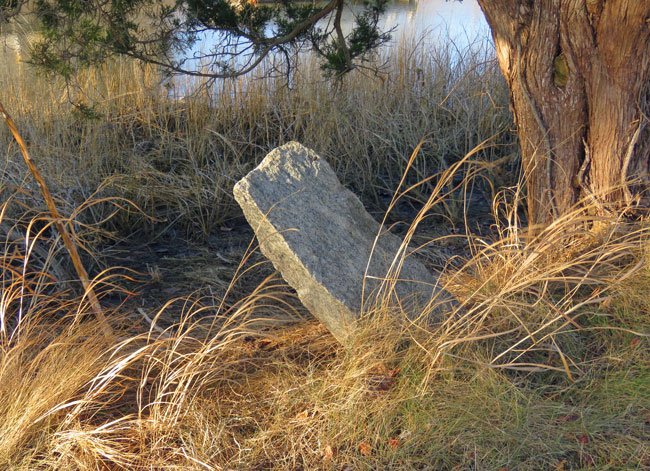
Mansfield Middle School (1969-70)
Barn Island Wildlife Management Area
Salt marshes have a long memory. Humans have a short one. Like sponges, salt marshes hold onto things. But for us, it’s out of sight, out of mind.
~ Tim Traver
(Sippewissett: Or, Life on a Salt Marsh)


Many years ago, my 7th grade class traveled for an hour-long ride to a field trip (48 miles away) on Barn Island on the Connecticut shoreline. Little did I know I would one day move down here to live in a neighboring town. It wasn’t until February of 2019, though, when my friend Janet suggested we take a winter walk here, that I got around to visiting it again. See: winter in the marsh. I took Tim there during the pandemic in December of 2020 when we were looking for isolated places to walk: See: reflections. So we decided to visit one last time before the big move. There is a very long path that crosses the marsh.

It was low tide and the water level in the tidal creeks was lower than it was on my other visits. I noticed a lot of clams and mussels in the exposed mud and clinging to the creek banks. The only waterbird we saw was a mallard but we encountered a lot of people and dogs, which was surprising mid-week. The woods beckoned from the other end of the path. Then we retraced our steps.

Barn Island is the largest and single most ecologically diverse coastal Wildlife Management Area in Connecticut. With over 60 years of continuous wetland research at this site, Barn Island provides a rare window into long-term marsh development both before and after restoration efforts. Its 1,024 acres are marked by centuries of cultural and biological history, once a vital resource for early colonial settlers and Native Americans and now for scientists and outdoorsmen. Its diverse habitats support rare plants and animals which add to its rich ecological resource base. Barn Island’s sprawling landscape sustains a wide variety of ecosystems and recreational activities; it consists of salt and brackish marshes, one of the state’s largest coastal forests, hilly uplands, intertidal flats, sandy beach, and a rare sea-level fen.
~ Long Island Sound Study website




The marsh is a microcosm of the world. With its peat meadows, meandering tidal creeks, microbes and mud, at the living, breathing edge of continent and ocean, it seems that life must have started here. Every microcomponent contributes to the whole. Discovering how this system works was a biogeochemical pursuit that took years and is ongoing.
~ Tim Traver
(Sippewissett: Or, Life on a Salt Marsh)


In the above picture, looking south from the path, dock pilings can be seen in the distance. There is a boat landing there, on Little Narragansett Bay. We decided to drive down there and get a picture of the salt marsh from the dock. A solitary herring gull was quietly sunning himself on the dock when we arrived. He stayed put the whole time I was there.

The next picture is looking north to the salt marsh (between the woodlands) from the dock on Little Narragansett Bay. There are some people walking along the path that crosses the marsh, where we had taken our walk and had taken pictures. I zoomed in on them in the second picture, as much as possible.


On the way home we spotted two ospreys above a much smaller marsh near Paffard Woods, a preserve of the Avalonia Land Conservancy. We pulled over on the very busy road and tried my luck with the zoom lens. Unfortunately it was a very windy day and the car was shaking a lot.




We stopped again on the way home to pick up a cod loin for dinner and wondered what kind of fish we will find plentiful in North Carolina. Also, living by the sea it is breezy and windy here more often than it is calm. I started wondering what the wind will be like in our new inland home. And then we got back to our sorting and packing…





































